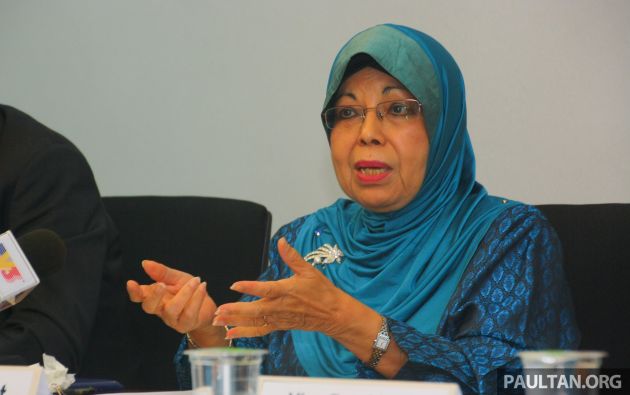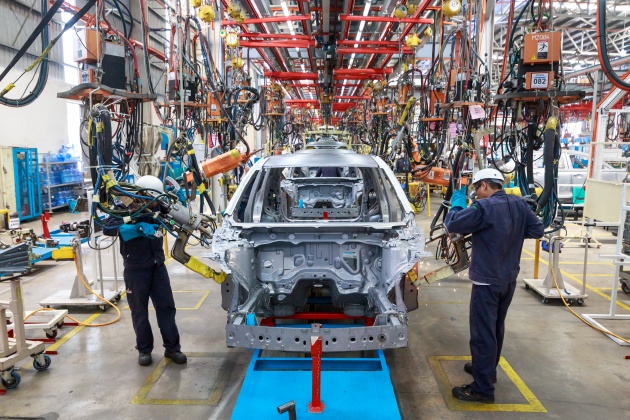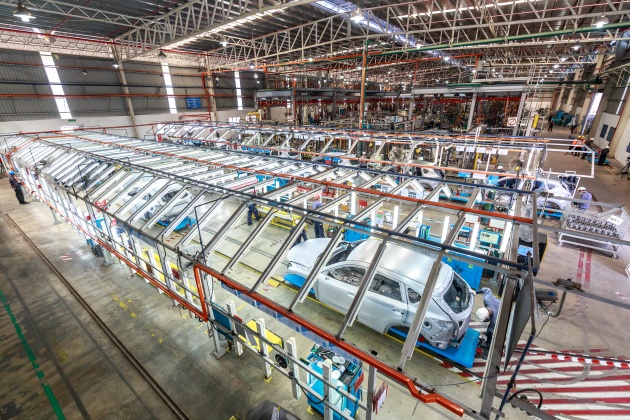It went down to the wire. If not for a last minute change of plans – told to Malaysian Automotive Association (MAA) president Datuk Aishah Ahmad at 9am this morning by a ministry of finance (MoF) official – we could have been looking at a 4% price increase for some CKD locally assembled cars. Word is that 4% was what the parties settled on prior to the late reversal.
It would have been due to the CKD cars attracting more excise duty because of the new methodology of how the open market value (OMV) of a vehicle is calculated. OMV is the final market value of a CKD car ex-factory, before the government imposes excise duties on it, with profit margin and sales tax to top things off.
An assortment of components determine the OMV, and these include the cost of the CKD pack, cost of manufacturing and components as well as assembly and administration charges. However, the Excise (Determination of Value of Locally Manufactured Goods for the Purpose of Levying Excise Duty) Regulations 2019 – prepared by the MoF and gazetted on December 31, 2019 – sought to add new components into the OMV calculation.
Under the new regulations, the computed value to determine duties will now take into account not just the profit and general expenses incurred or accounted in the manufacture of a vehicle (ex-factory), but also of its sale. The MoF says that this is in line with World Trade Organisation (WTO) standards.
According to an industry source familiar with pricing and taxation, the “and sale” clause also now applies to areas such as engineering, development work, art work, design work, plan and sketch, royalty payments and license fees (patent, trademark, copyright), raising OMV and applicable excise duty.
That has been now averted for this year, with a special exemption by the MoF essentially maintaining status quo for 2020. It remains to be seen what will happen next year, but any increase will be gradual. This is what the MAA is holding on to.
“As far as we are concerned, the government has said that the increase will be gradual, so we’re hoping that they will abide by what they say. Even if there’s an increase, it will not be a hefty 20% increase, 15% increase, it’ll be gradual,” Aishah said.
Had the last minute “fingertip save by the goalkeeper” (in football parlance) not happen, it would have been bad news for the auto industry, which already faces a challenging environment. Aishah said that the association’s members, some of whom have invested heavily in assembly operations in Malaysia, would have had to rethink their plans for our market.
“Had the new OMV been implemented, a lot of investors would have second thoughts on investing in Malaysia. Even our local car companies that have been heavily investing in CKD operations would have to think again. Maybe they will decide to bring in CBU (fully imported cars) – why do you invest so much and yet it’s not competitive. That’s how I look at it,” the head of the umbrella association for carmakers in Malaysia said.
Aishah and MAA council members also said later that the industry was not consulted prior to the release of the gazette, despite being in active talks with the government on other matters. This is consistent with what Perodua president and CEO Datuk Zainal Abidin Ahmad said yesterday at the market leader’s full year review event.
“We have very frequent engagements with the government, particularly on items in relation to the development of the local automotive industry. But specifically for excise duties, no, we were not consulted. That’s why we are in discussions with some of the members of MAA to try to evaluate what is the impact of this,” the P2 chief said.
Related Cars for Sale on
Source: Read Full Article













